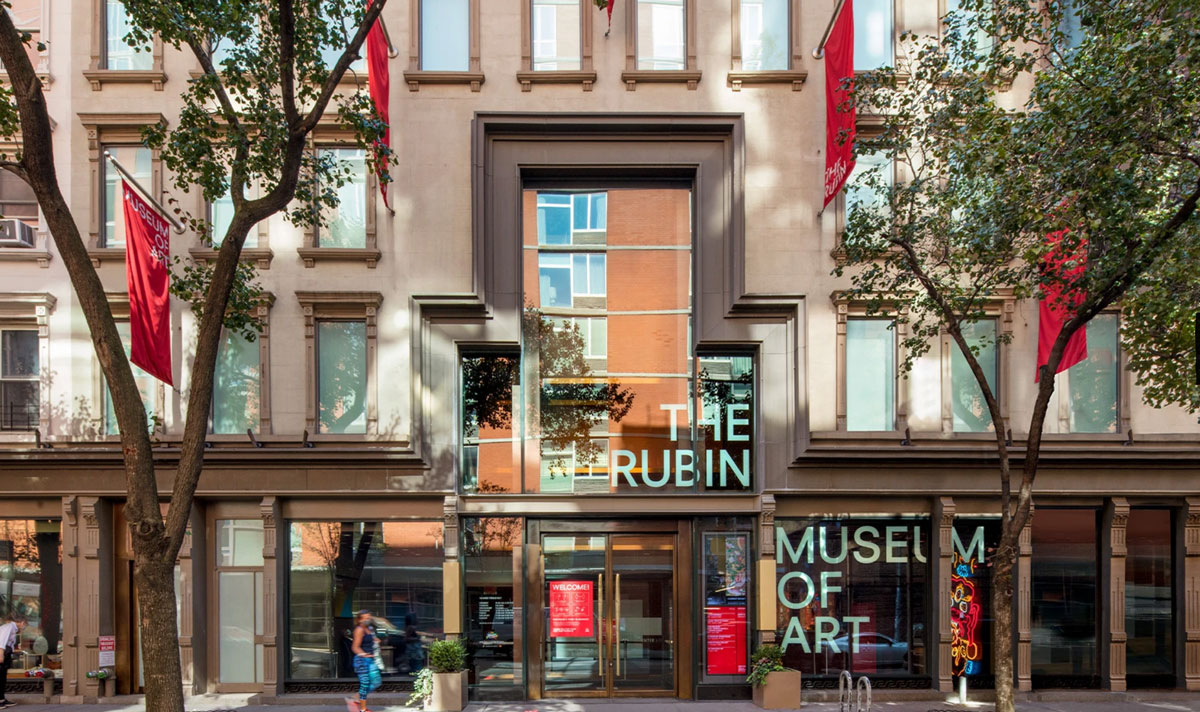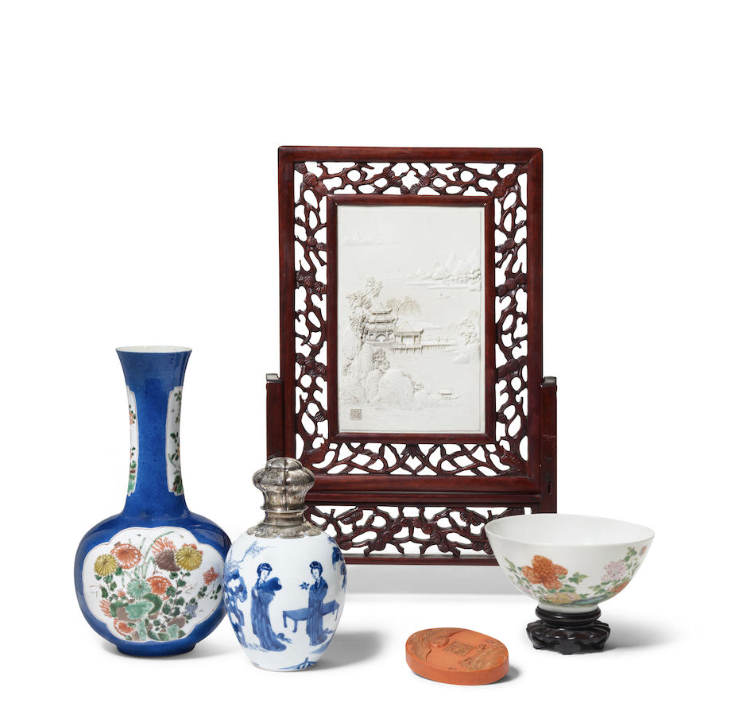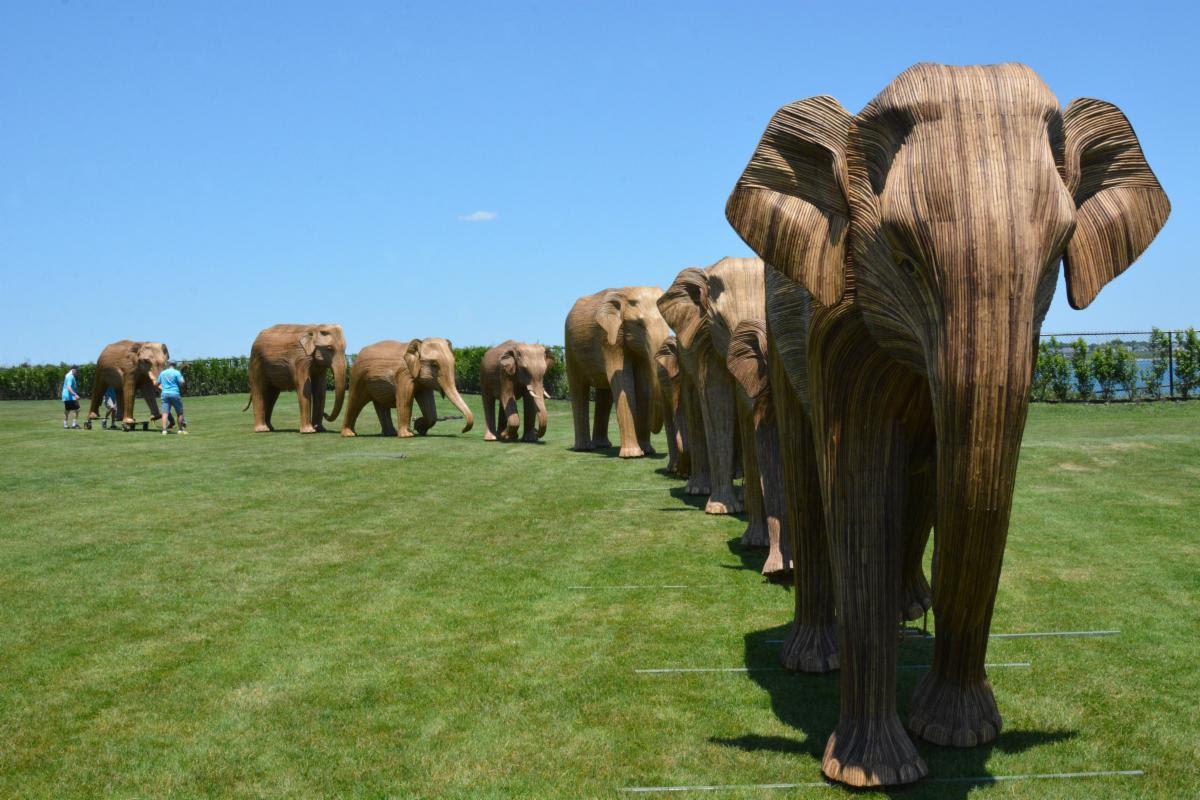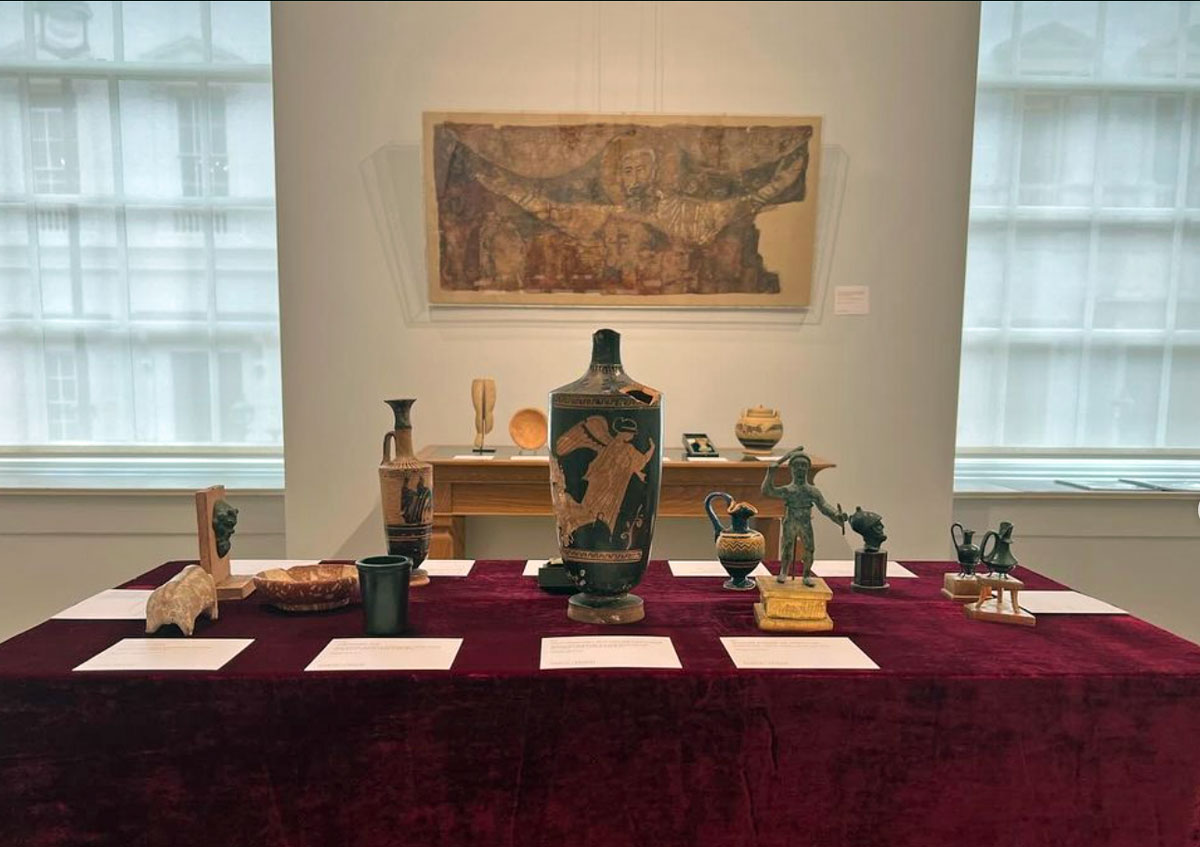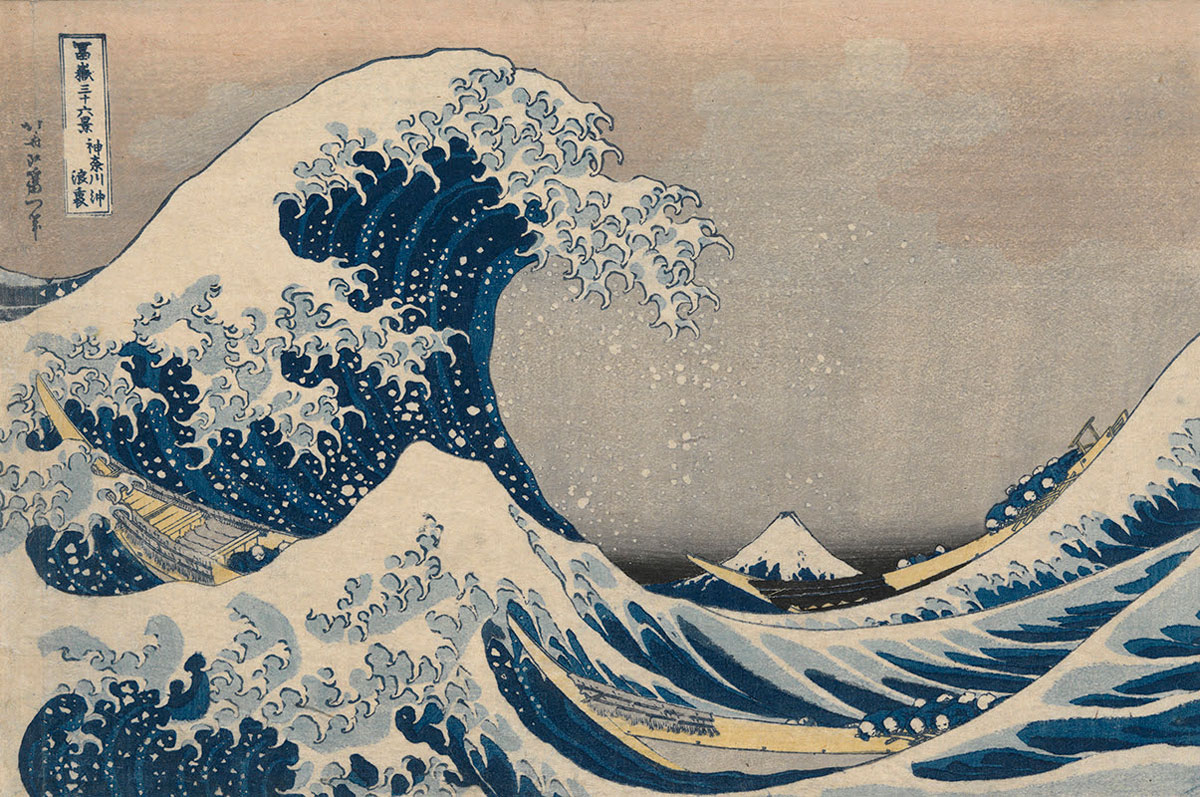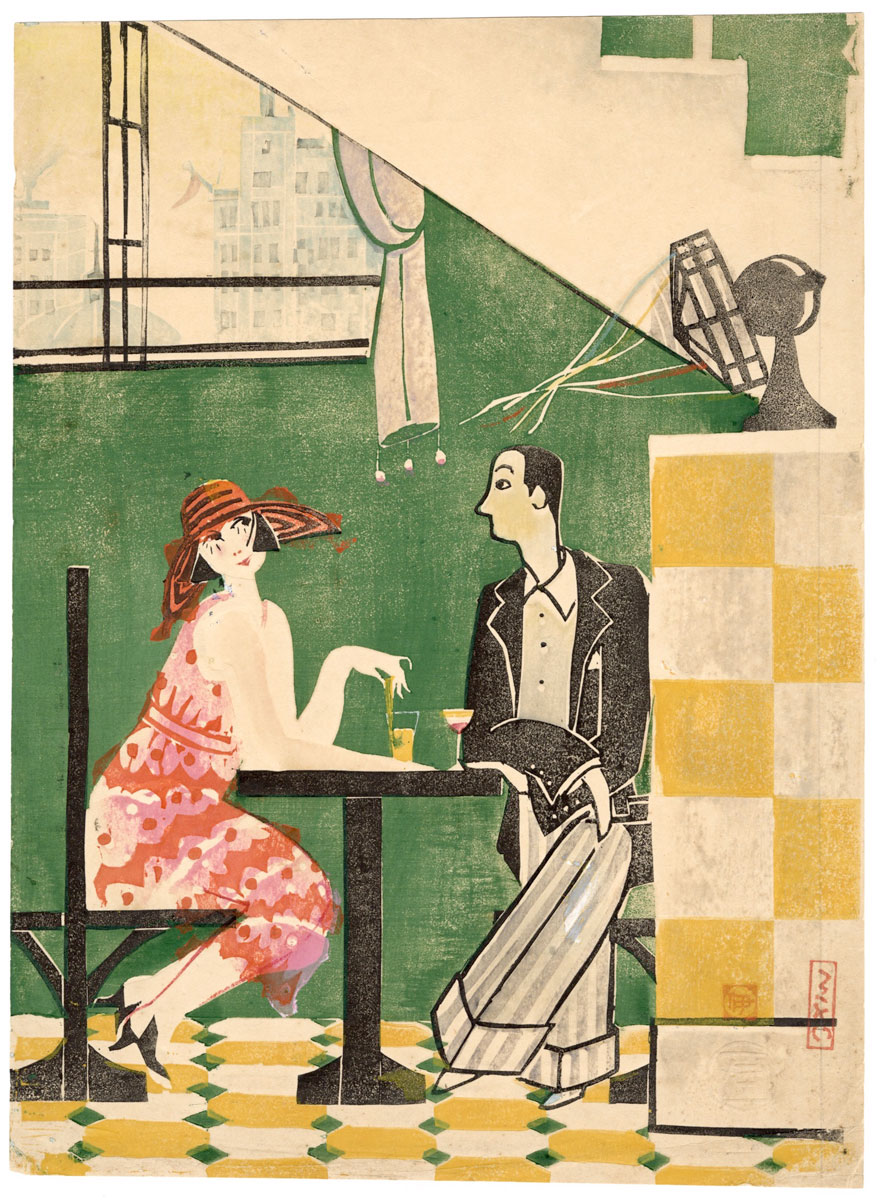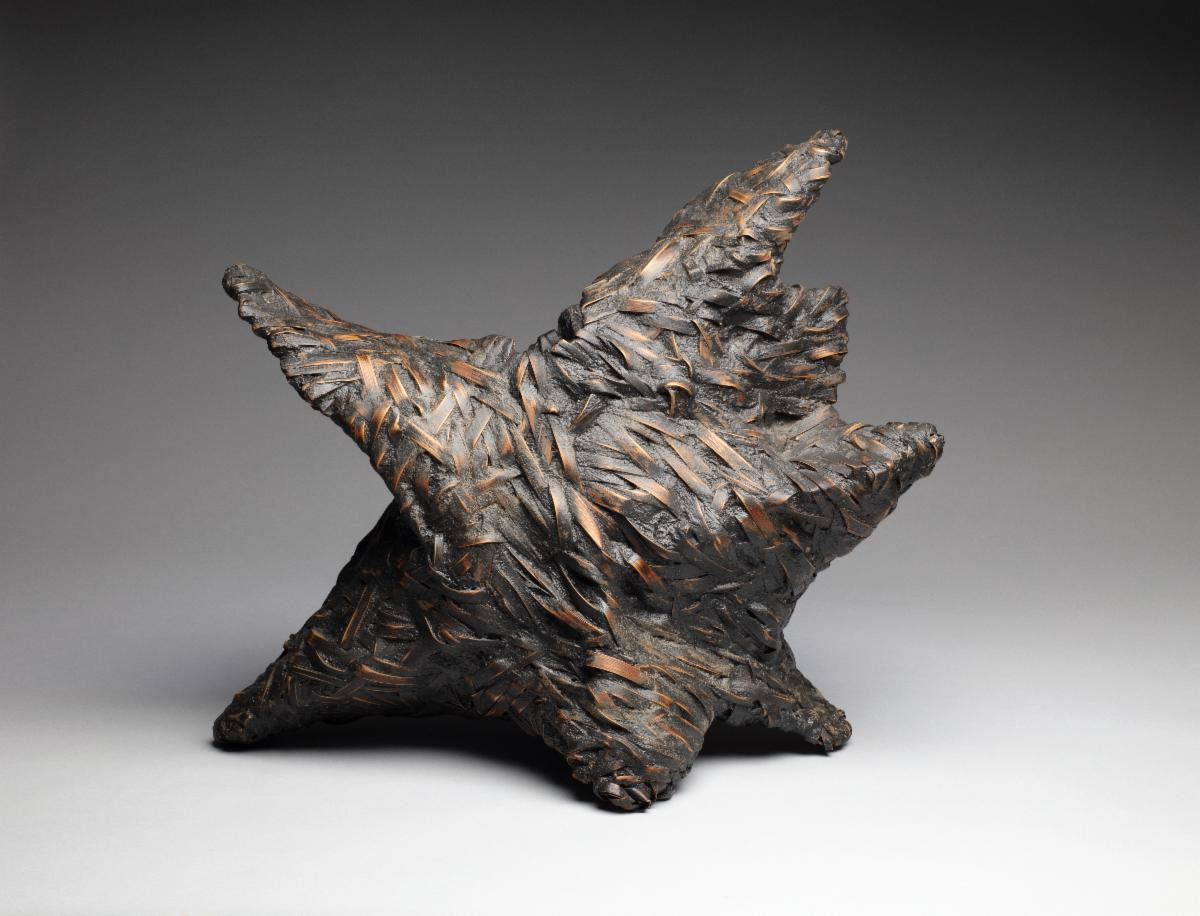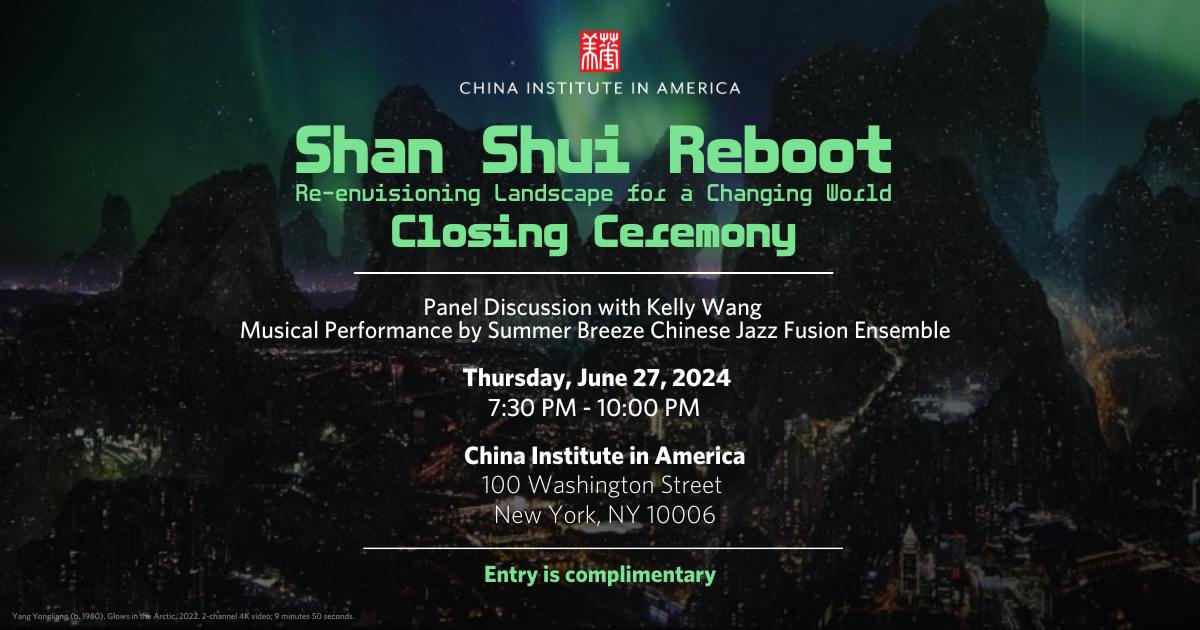The Great Elephant Migration: A Coexistence Story, Courtesy The Preservation Society of Newport County
Happy 4th of July! On our Nation’s Birthday, why not celebrate with a trip to one of our Asia Week New York Member Museums? Below is a list of those open today with summer exhibitions and events not to be missed!
In New York City:
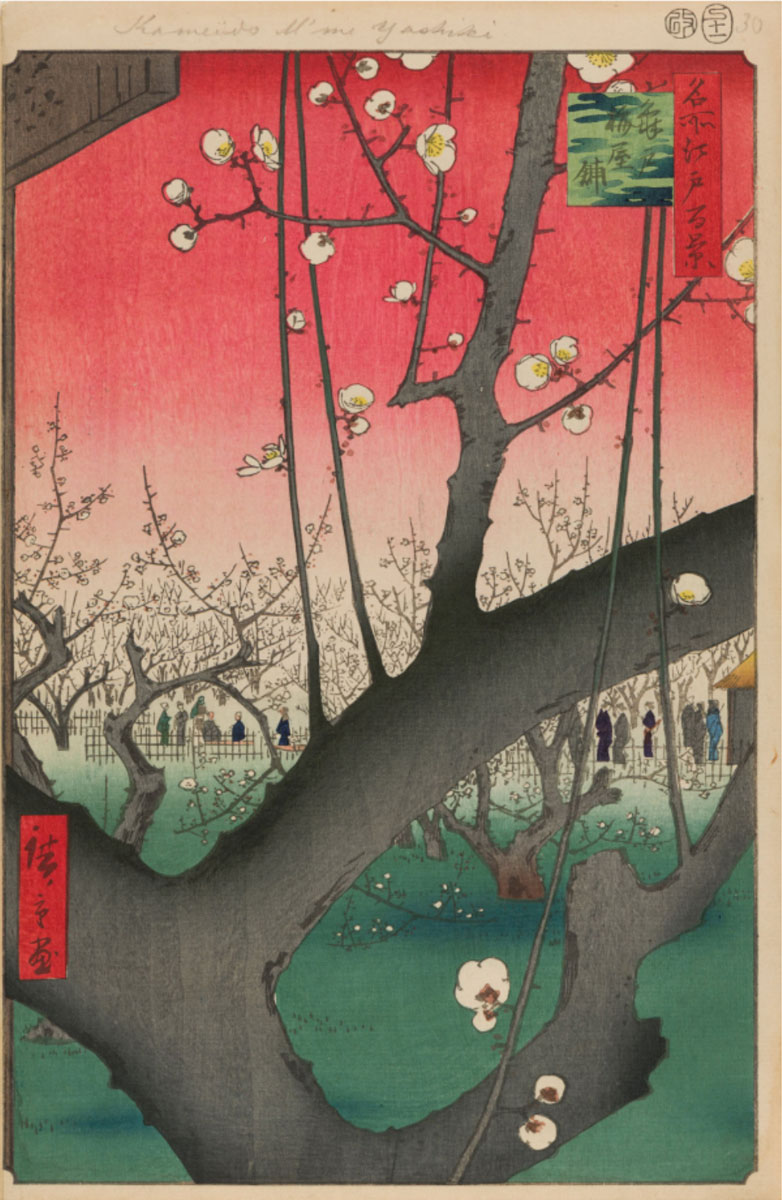
Utagawa Hiroshige (Japanese, 1797–1858), Plum Estate, Kameido (Kameido Umeyashiki), no. 30 from 100 Famous Views of Edo, 11th month of 1857. Woodblock print, 14 3/16 × 9 1/4 in. (36 × 23.5 cm). Brooklyn Museum; Gift of Anna Ferris, 30.1478.30. (Photo: Brooklyn Museum)
Brooklyn Museum
Hiroshige’s 100 Famous Views of Edo (feat. Takashi Murakami)
Closing August 4, 2024
For the first time in twenty-four years, Utagawa Hiroshige’s 100 Famous Views of Edo—one of the Brooklyn Museum’s greatest treasures—returns to public display. Complemented by artist Takashi Murakami’s own paintings in response to these master prints, along with objects drawn from the Museum’s collection, this is the last month to explore this unique exhibition. Also mark your calendars for their upcoming talks and print workshop.
To learn more, click here.

Marquee: Detail of “Universal Gateway,” Chapter 25 of the Lotus Sutra, Japan, Kamakura Period (1185–1333), dated 1257. Handscroll; ink, color, and gold on paper. The Metropolitan Museum of Art, New York, Purchase, Louisa Eldridge McBurney Gift, 1953.
The Metropolitan Museum of Art
Anxiety and Hope in Japanese Art
Closing July 14, 2024
Closing next Sunday, the 14th, this exhibition drawn largely from The Met’s renowned collection of Japanese art, explores the twin themes of anxiety and hope, with a focus on the human stories in and around art and art making. Also be sure to check out their many other outstanding exhibits and displays of Asian art throughout the museum.
To learn about them all, click here.
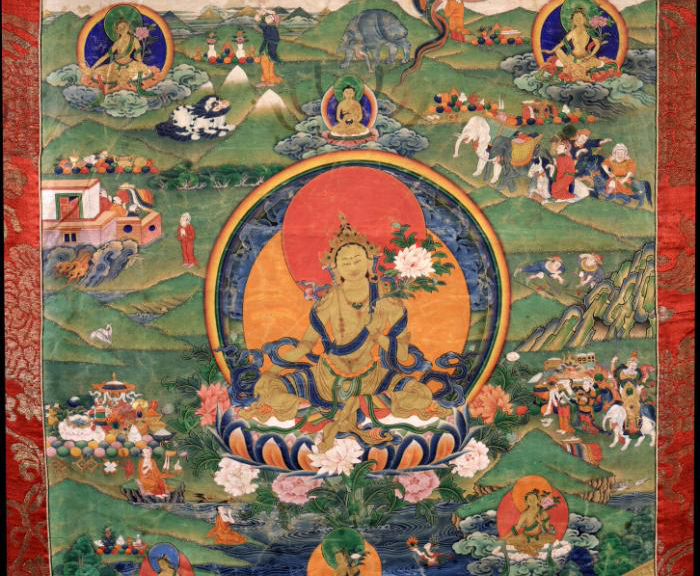
Green Tara (detail), 18th c., Tibet, pigments on cloth, 46 1/4 x 30 5/8 in., Rubin Museum of Art, Gift of Shelley and Donald Rubin
The Rubin Museum of Art
Exhibitions on view through October 6, 2024
Partake in all the groundbreaking exhibitions and events this summer and early Fall before The Rubin closes their physical doors on October 6th to transition into a global museum model. Learn about Himalayan art through their current shows such as Gateway to Himalayan Art and Reimagine: Himalayan Art Now, with new commissions, some site-specific, and existing works juxtaposed with objects from the Museum’s collection, inviting new ways of encountering traditional Himalayan art.
To learn more, click here.
Around the Country:
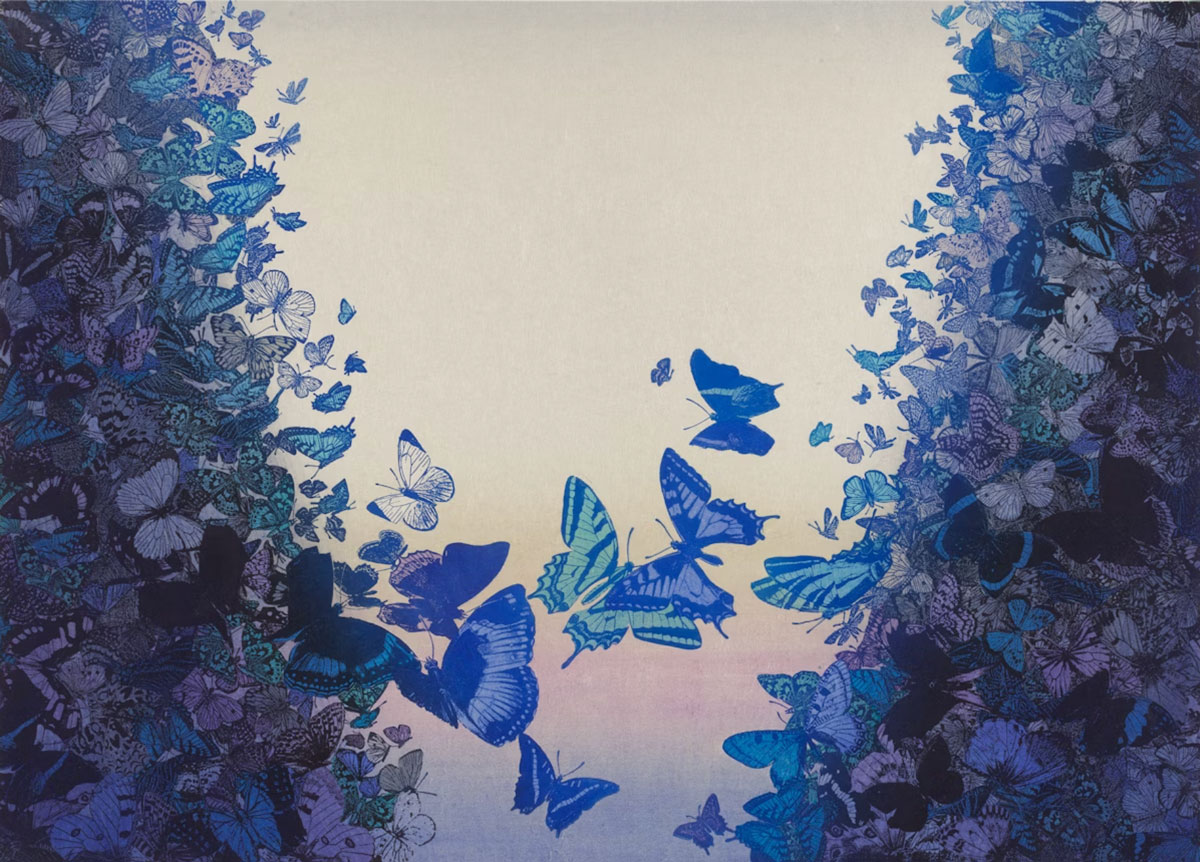
Yoshida Chizuko, Valley of Butterflies (Tanima no cho), 1979, Gift of Chizuko, Takasuke, and Ayomi Yoshida, The Art Institute Chicago
The Art Institute of Chicago
A Sign of Things to Come: Prints by Japanese Women Artists after 1950
Closing July 15, 2024
There’s still time to catch this remarkable exhibit focusing on female printmakers during the 1950’s. After World War II, women artists were drawn to the new sōsaku hanga (creative print) movement, whose adherents approached printmaking as a form of artistic expression. They came together and formed Joryū Hanga Kyōkai, an association that exhibited together for about 10 years. Its members included Iwami Reika and Yoshida Chizuko, both of whom are well-known today and appear in this exhibition.
To learn more, click here.

Barrel-Shaped Bottle with Peony Motif 모란무늬 장군(액체를 담는 그릇). Korea, 1400s, Joseon dynasty (1392–1897). Buncheong with inlaid and stamped design. 8.75 × 6.25 in. dia. (22.2 × 15.9 cm dia.), National Museum of Korea: Bequest of Lee Kun-Hee, 2021. © National Museum of Korea
Denver Art Museum
Perfectly Imperfect: Korean Buncheong Ceramics
Ongoing
Korean Buncheong ceramics are renowned for their white slip and adorned with diverse surface decorative techniques. This exhibition, co-organized with the National Museum of Korea (NMK), features these exquisite ceramics from the 15th century to today and is accompanied by 20th and 21st century paintings, as well as 16 drawings by painters. Also stay tuned for their upcoming exhibit, The Life and Art of Tokio Ueyama, opening in a few weeks on July 28.
To learn more, click here.

Landscape (detail), Hosokawa Rinkoku (1782–1842), Japan, Edo period, 1835, handscroll, ink and color on paper, Freer Gallery of Art Collection, National Museum of Asian Art, Smithsonian Institution, The Mary and Cheney Cowles Collection, Gift of Mary and Cheney Cowles, F2021.4.11a–c
The National Museum of Asian Art
Imagined Neighbors: Japanese Visions of China, 1680–1980
Closing September 15, 2024
Located in our Nation’s capital, this Smithsonian museum hosts a fascinating array of exhibits and displays that help deepen our understandings of Asia, the United States, and the world. In addition to the exhibit, Imagined Neighbors: Japanese Visions of China, 1680–1980, closing this Fall, be sure to check out their many other events and exhibitions on view.
To learn more, click here.
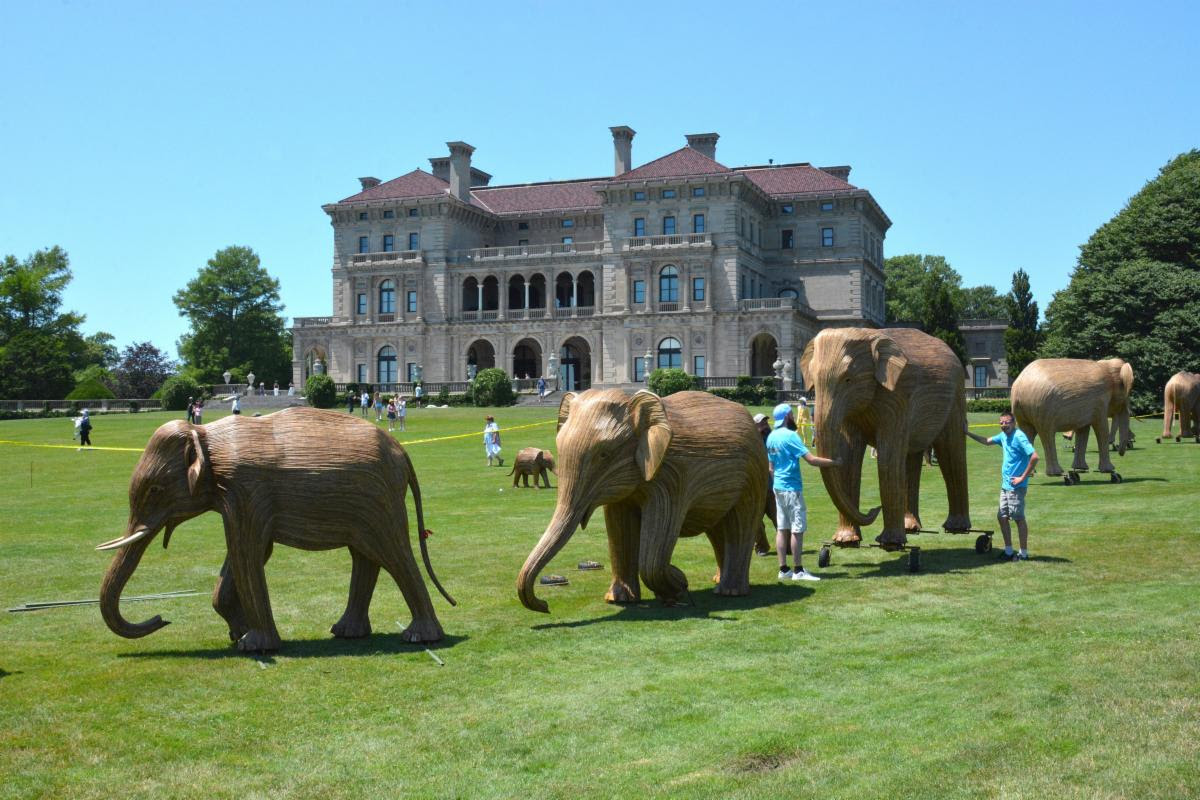
The Great Elephant Migration: A Coexistence Story, The Breakers, The Preservation Society of Newport County
The Preservation Society of Newport County
The Great Elephant Migration: A Coexistence Story
July 3 – September 6, 2024
Twenty-six life-size Indian elephant sculptures parade across the back lawn of The Breakers as part of the first American stop of this traveling exhibition. The Great Elephant Migration is an outdoor art exhibition presented by Elephant Family USA in collaboration with Dodie Kazanjian of Art & Newport and various contemporary artists. The sculptures were created by The Coexistence Collective, a community of 200 indigenous artisans in the Nilgiri Hills of South India and will be available for purchase through The Great Elephant Migration website. Funds raised from sales will benefit non-governmental organizations performing conservation work around the world.
To learn more, click here.
